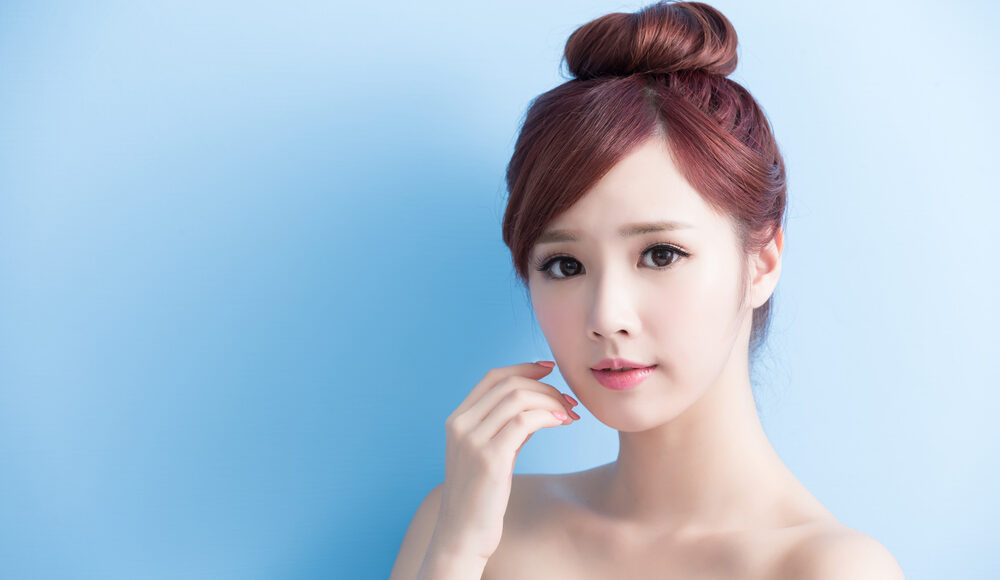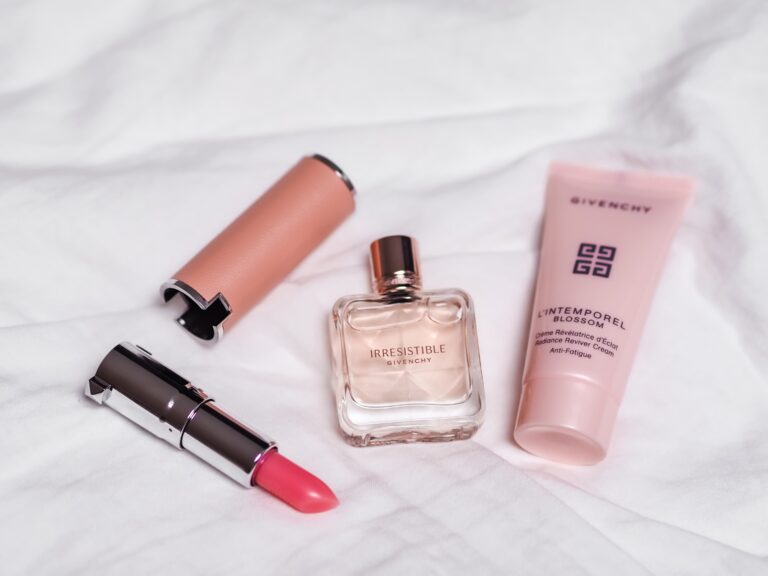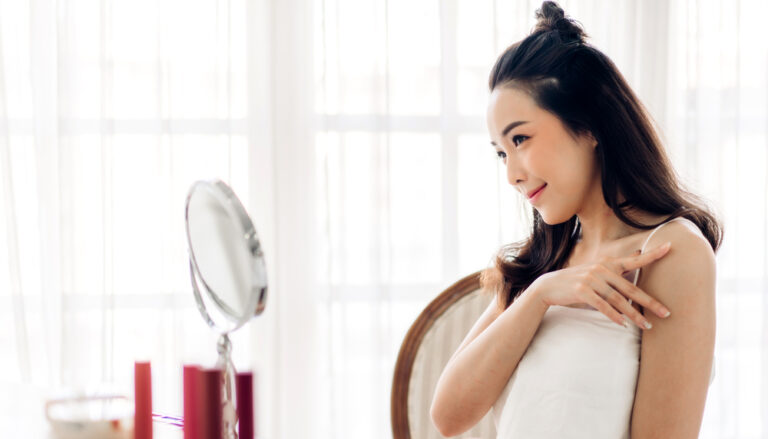As an abstract term, beauty has been shaped by a variety of cultural and social factors in different times and different countries. When the society changes, beauty standards often change accordingly. Therefore, when exploring the beauty standards in China, we need to illustrate the specific background, including cultural, historical, and other economic elements as Chinese society evolves a lot in the recent century.
A shift to new beauty standards in China
Beauty standards in China have evolved through a combination of historical, cultural, economic, and social factors. As China’s economy grew in the past few years, the beauty industry’s growing presence in the Chinese market has played a role in shaping beauty ideals, and the expanding middle class have indeed increased the demand for beauty products and services, leading to marketing efforts that promote certain beauty ideals. However, it is essential to recognize that beauty standards are deeply rooted in the country’s rich cultural heritage and traditional values, which have been shaped over centuries through art, literature, and societal norms. Additionally, globalization and exposure to international media have also influenced beauty ideals.
Download our report on Chinese beauty consumer pain points
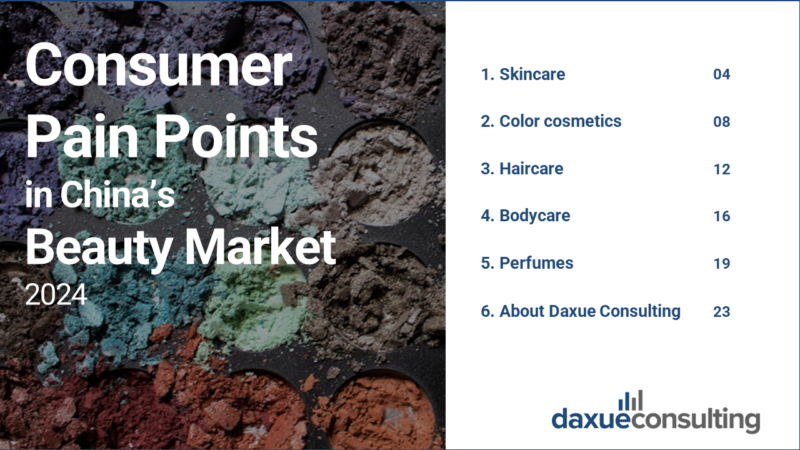
It’s also important to acknowledge the diversity within China, as beauty standards may vary across regions, ethnicities, and subcultures. While the beauty industry can influence consumer behavior, individual preferences, societal values, and peer influences also play significant roles in shaping beauty choices in China. Therefore, a comprehensive understanding of beauty standards requires considering a complex interplay of various factors beyond just the growth of the beauty industry.
How to define beauty: the evolution of beauty standards in China
During the Tang and Song dynasties, beauty standards were highly valued and were often portrayed in literature. In general, the ideal beauty standards for women during this time was characterized by certain physical features such as a small face, white skin, and delicate features.
One of the most famous depictions of beauty during the Tang dynasty is found in the poem “Song of Everlasting Sorrow” by Bai Juyi. This poem describes the beauty of Yang Guifei, a concubine of Emperor Xuanzong. She was said to have a small face, bright eyes, and a slender waist.
In addition to physical features, clothing and hairstyles were also important aspects of beauty during this time. Women often wore long, flowing robes with intricate embroidery, and hairstyles were elaborate and often adorned with jewelry and other accessories.
However, it’s important to note that beauty standards varied based on social class and regional differences. For example, in the southern regions of China, fuller bodies were considered beautiful, while in the north, a slimmer figure was preferred.
Trending Chinese beauty standard: “First love face” and “White rich beauty”
Over the centuries, the aesthetics of modern Chinese people has undergone significant changes, becoming more diverse and intricate. However, despite this evolution, certain aspects of contemporary aesthetics still bear resemblance to those of the Tang and Song dynasties, particularly in the appreciation of delicate features and fair skin, which have endured through history. Amid the multitude of aesthetic standards, two that hold particular significance and are widely cherished and discussed in China are the “first love face” (初恋脸) and “white rich beauty” (白富美). These two standards represent common Chinese beauty ideals, showcasing the enduring appeal of youthful looks known as the “first love face,” and the connection of beauty with fair skin and financial prosperity encapsulated in the notion of “white rich beauty.”
First love face
The “first love face” is a beauty standard that embodies purity and innocence, inspired by the idea of experiencing love for the first time. It is usually associated with young women with a fresh and tender appearance. To achieve this look, a natural and subtle makeup approach is preferred, avoiding heavy makeup and bright colors. The desired facial shape resembles that of an egg or melon seed, with a focus on features like large, almond-shaped eyes, moderately wide eyelids, well-defined and thick eyebrows, and soft, tender lips. The goal is to maintain a delicate and unpretentious look that enhances the person’s inherent beauty and youthful charm, reflecting the essence of purity and innocence.
White rich beauty
The term “White rich beauty“, on the other hand, contains more aesthetic connotations. Literally, white rich beauty refers to women with white skin, delicate features, good figure, and considerable financial income. However, it also suggests that Chinese beauty standards go beyond mere physical appearance. In addition to delicate features and fair skin, considerable economic prosperity is directly associated with this beauty ideal. This connection is closely related to the increasing economic status of women and their new role in society. As the economy progresses, women’s financial independence and purchasing power significantly influence beauty ideals, reflecting a more comprehensive and nuanced perception of beauty in modern Chinese society.
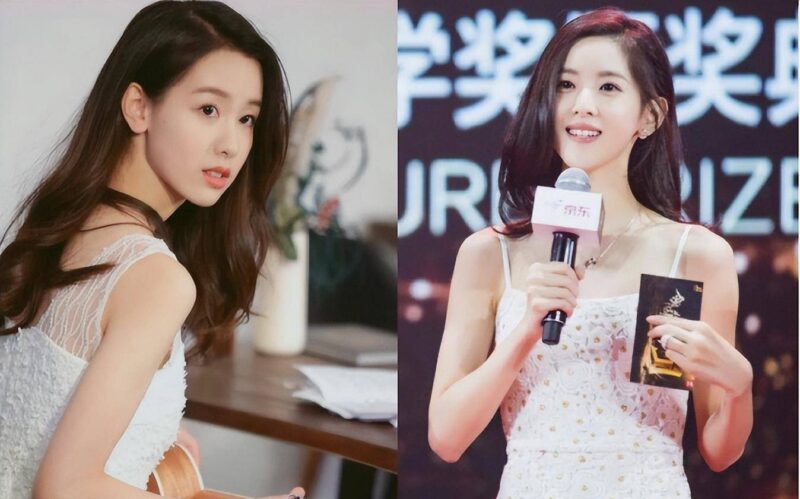
Behind the “crazy” challenges shaping Chinese Barbie dolls
Just like the early criticisms of Barbie dolls, in 2016, a trend emerged where young Chinese women online embraced an idealized, unhealthy body shape. A series of challenges, such as the “cartoon waist” (漫画腰), the “right-angle shoulder” (直角肩), and the iPhone legs (iPhone腿) challenge started to become popular and triggered a lot of discussions on Chinese social media.
The “cartoon waist challenge” has taken the internet by storm, with people aiming for a waist that can bend to a right angle. It all started when Chinese actress Yang Mi joined in, sparking the interest of many young Chinese women. They’re now striving for a slim and flexible waist, just like the ones depicted in cartoons. But as these challenges gained momentum online, they also caught the attention of official media. Shortly after Yang Mi’s participation, China News Network criticized the trend for promoting unhealthy ideals. They pointed out the potential negative impact on body image and the anxieties it could cause. However, amidst these trends, there’s also been a rising movement of body positivity that encourages embracing diverse body shapes and sizes.
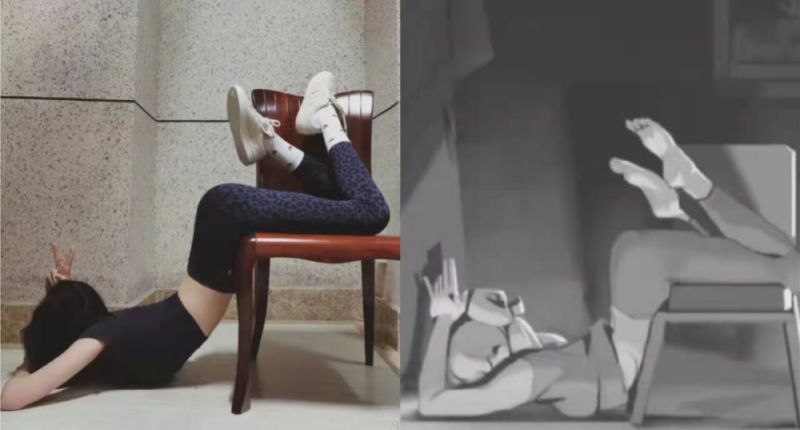
Men’s beauty standards in China: from “Junzi” to both inner and outer beauty
Traditional Chinese values, particularly influenced by Confucianism, tend to emphasize inner qualities when assessing men’s attractiveness. The concept of a “Junzi” (君子), often considered the most appealing type of man, embodies virtues such as bravery, kindness, selflessness, and knowledge.
In modern China, beauty standards for men have become more varied, focusing on both inner and outer qualities. While valuing traits like kindness and knowledge continues from traditional values, there are also new considerations. Skin tone and eye size now play a role. Looking young is important, much like for women. So, delicate features and fair skin are seen as signs of youthfulness and are preferred by young Chinese men. Despite tanned skin being more accepted for men, many still use products to lighten their skin. Additionally, having big, dark eyes is seen as charming, making men more attractive by today’s standards.
What to know about beauty standards in China
- It’s crucial for enterprises to understand new beauty standards as the economy grows and society changes in China.
- Small face, white skin, and delicate features were the dominant beauty standards during Tang and Song dynasties.
- “First love face” and “White rich beauty” are two typical beauties in today’s Chinese society.
- Crazy challenges like cartoon waist became popular online, spreading unhealthy body standards and causing body anxiety.
- A body positivity movement is rising in China, but it still has a long way ahead.
- Men’s beauty standards are evolving as well, with fair skin, a youthful look, and expressive eyes as most attractive features.


